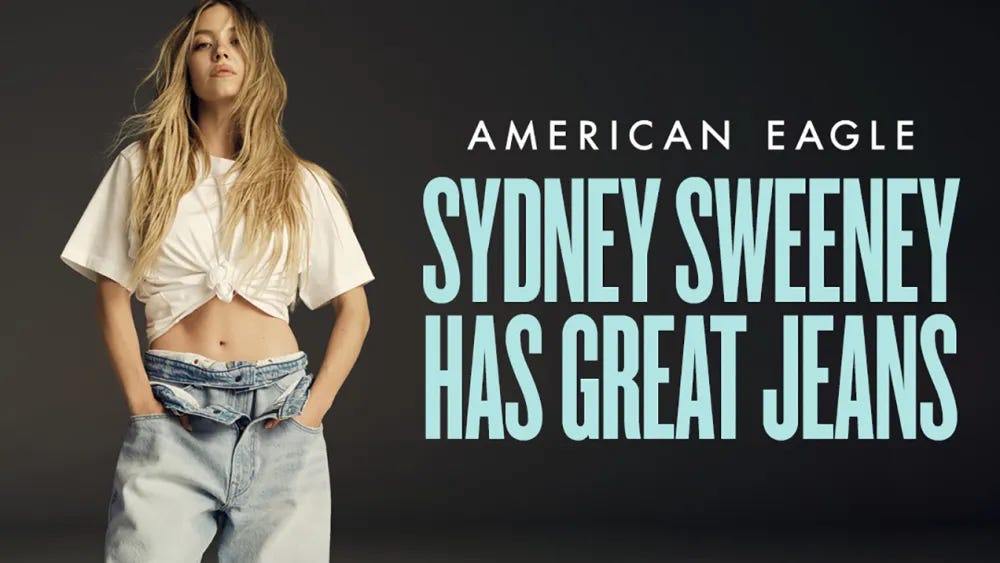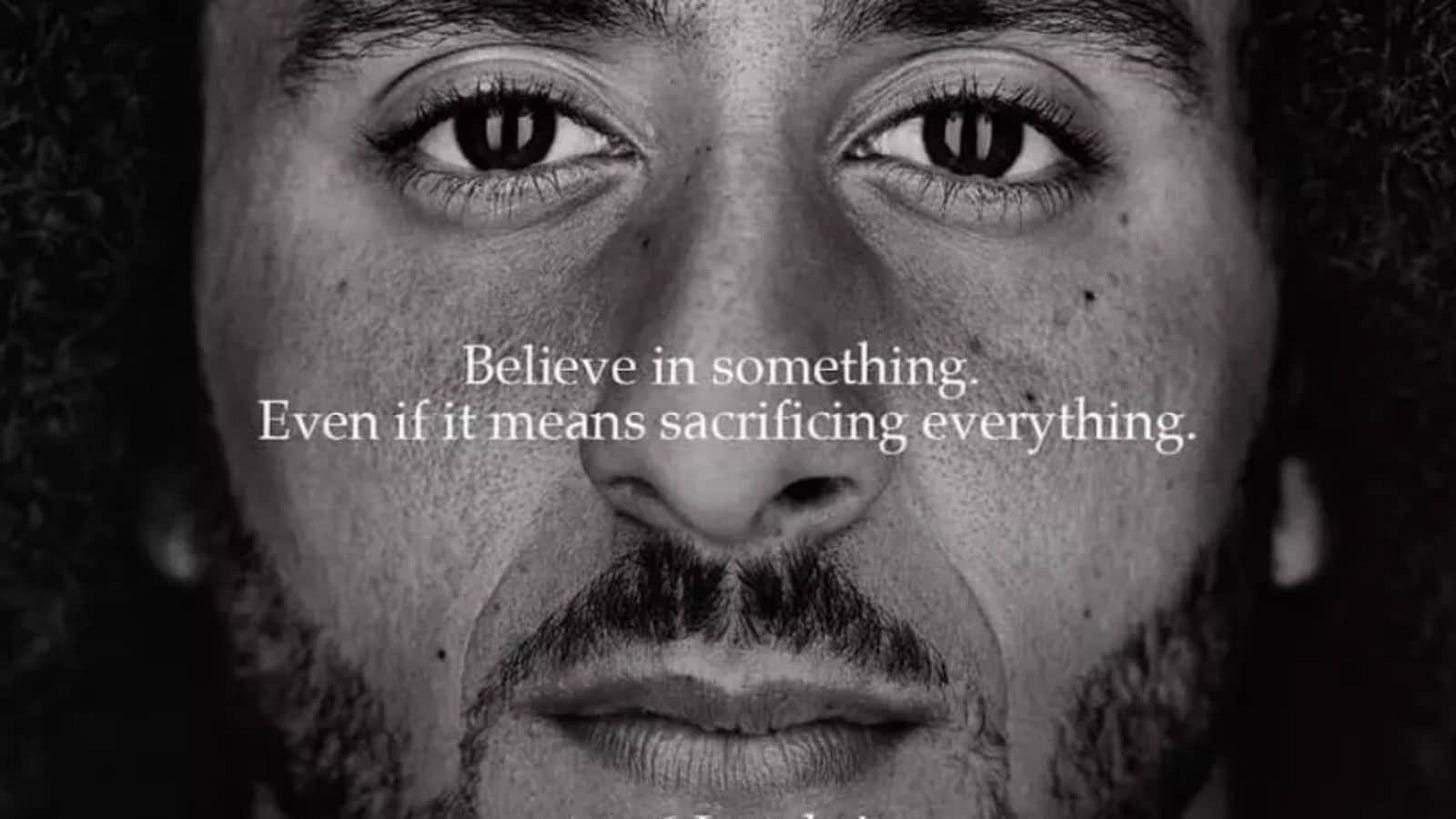Long read | When selling nothing becomes everything: How lifestyle brand advertising sanitized itself into irrelevance
What the American Eagle debate reveals about the sanitation of brand marketing - and what it means for the future of sports and lifestyle marketing.
The notification hits my phone at 7:47 AM -another LinkedIn bro dissecting Sydney Sweeney'sSweeney's American Eagle campaign like it's the fucking Rosetta Stone of modern advertising. The coffee's still bitter on my tongue when I scroll past the third " genius or problematic?" hot take of the morning.
By 8:15, I've counted seven more posts. Creative directors analyzing camera angles. Brand strategists debate the "male gaze implications." Marketing VPs reshare takes about authenticity versus objectification.
Opinions wrapped in corporate speak, performative outrage seasoned with engagement bait, consultants monetizing controversy with five-slide carousels about "what brands can learn."
The algorithm feeds me one more - whether using a young, beautiful blonde is insensitive in today's inclusivity debate.
The discourse machine is in full swing, churning content from content, opinions from opinions. Everyone's got a temperature check on whether this campaign represents progress or regression, brilliance or major faux pas.
The comments sections read like sociology dissertations written by people who've never left a conference room.
I close the app and stare out my window at actual humans walking actual streets, buying actual coffee, living actual lives that don't require a think piece to validate their existence.
I take another sip of my coffee. By this stage, it doesn't just taste bitter, but also cold, too.
Something that should be simple - coffee, selling jeans -turns to shit when you're debating the cup instead of what's inside it.
The Gospel according to goodby
Walk through any agency from London to New York or Venice Beach today, and you'll find strategists with art degrees genuflecting before the altar of "brand purpose."
They throw Nike's Colin Kaepernick campaign into brand decks, cite Patagonia's environmental activism and walk you through the case study of Ben & Jerry'sJerry's social justice mantra. The scripture is everywhere: brands must stand for something. Brands must change the world.
But here's what you won't find in those $60,000-a-year portfolio programs: purpose-driven marketing works until everyone's doing it. Then it's just noise in church.
Brand purpose, authentic storytelling, emotional connection, and community building. Rinse, repeat, invoice.
I remember sitting in a conference room in 2019, watching a brand exec pitch their latest brand manifesto about creative rebellion. It was a beautiful film. Diverse casting. Soaring orchestral score. The kind of work that wins Cannes Lions and gets featured in Campaign.
The following day, I find myself in another room watching Converse present their "Create Next" platform, which aims to promote individual expression. It was the same visual language. The same emotional beats and the same promise of transformation.
The copy changed, the brand changed, but the marinade was identical.
Since then, I've seen variations of that campaign from sports brands to lifestyle companies, and two startups that hadn't even launched yet. All selling transcendence. All promising to unlock your true self. All reading from the same playbook that Jeff Goodby and Rich Silverstein wrote for Nike thirty years ago.
The problem isn't that purpose-driven marketing doesn't work. The problem is that it works so well that everyone started doing it. Suddenly, every surf brand is protecting oceans, every skate company is empowering youth, and every energy drink is unlocking human potential.
The market got oversaturated with inspiration.
We created a feedback loop where marketers make content for other marketers to analyze, while consumers become an afterthought in their own buying process.




